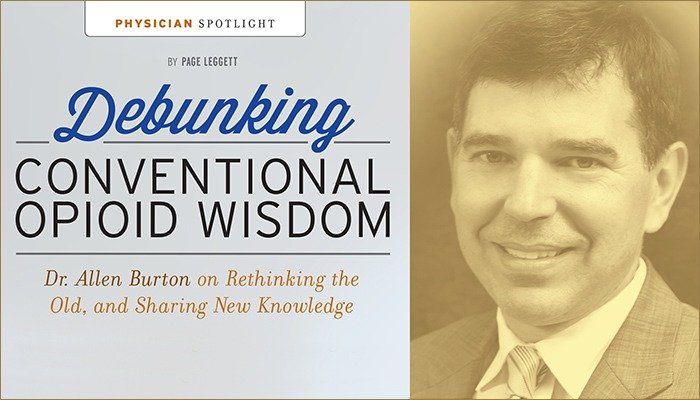The Truth About Cocaine: A Potent Stimulant with Devastating Consequences

In the world of illicit substances, few drugs have garnered as much notoriety and controversy as cocaine. This powerful white powder, derived from the leaves of the coca plant, has long been associated with the high-flying lifestyles of the rich and famous, as well as the grim realities of addiction and criminal activity. Despite its glamorized portrayal in popular culture, the truth about cocaine is far from glamorous – it is a highly addictive and destructive stimulant that can wreak havoc on the mind, body, and soul.
Cocaine: A Stimulant of the Central Nervous System
At its core, cocaine is classified as a powerful central nervous system stimulant. This means that it works by increasing the levels of certain neurotransmitters in the brain, particularly dopamine, norepinephrine, and serotonin. These neurotransmitters are responsible for regulating various bodily functions, including mood, pleasure, alertness, and movement.
When cocaine enters the body, it blocks the reabsorption of these neurotransmitters, leading to their excessive accumulation in the brain. This sudden surge of neurotransmitters produces a euphoric high characterized by intense feelings of pleasure, energy, and confidence. Users often report experiencing a heightened sense of alertness, increased sociability, and decreased fatigue and appetite.
However, the stimulant effects of cocaine are short-lived, typically lasting between 15 to 30 minutes. As the drug’s effects wear off, users often experience a powerful crash, accompanied by feelings of depression, anxiety, irritability, and an intense craving for more of the drug. This vicious cycle of highs and lows is what makes cocaine so highly addictive and difficult to overcome.
The Physical and Mental Toll of Cocaine Abuse
While the initial stimulant effects of cocaine may seem appealing, the long-term consequences of its abuse are devastating. Cocaine is a potent and highly addictive substance that can have severe impacts on both physical and mental health.
Physical Effects:
– Cardiovascular complications, including irregular heart rhythms, heart attacks, and strokes
– Respiratory problems, such as lung damage and respiratory failure
– Gastrointestinal issues, including abdominal pain, nausea, and increased risk of bowel gangrene
– Neurological problems, including seizures, headaches, and risk of stroke
– The heightened risk of contracting infectious diseases like HIV and hepatitis due to shared needles
Mental Health Effects:
– Anxiety and panic attacks
– Paranoia and psychotic episodes
– Depression and mood disorders
– Cognitive impairment, including memory loss and difficulty concentrating
– Increased risk of suicide and self-harm behaviors
As if these effects weren’t devastating enough, cocaine’s highly addictive nature makes it incredibly difficult for users to break free from its grip. Withdrawal symptoms, including fatigue, depression, and intense cravings, can make the road to recovery a long and arduous journey.
The Societal Impact of Cocaine Abuse
Cocaine’s impact extends far beyond the individual user, affecting families, communities, and society as a whole. The drug trade and associated criminal activities contribute to violence, corruption, and the erosion of social fabric in many regions around the world.
Additionally, the high cost of cocaine addiction often leads individuals to engage in criminal activities to fund their habit, resulting in increased rates of theft, robbery, and other crimes. This, in turn, places a significant burden on law enforcement, the judicial system, and correctional facilities.
Moreover, the negative impact of cocaine abuse on productivity, employment, and healthcare costs is substantial, resulting in significant economic losses for society.
Addressing the Cocaine Epidemic: A Multifaceted Approach
Combating the widespread abuse of cocaine and its devastating consequences requires a comprehensive and multifaceted approach involving various stakeholders, including policymakers, law enforcement agencies, healthcare professionals, and community organizations.
Prevention and Education:
Prevention efforts should focus on raising awareness about the dangers of cocaine use, especially among youth and vulnerable populations. Educational campaigns, school-based programs, and community outreach initiatives can play a vital role in deterring individuals from experimenting with this dangerous substance.
Law Enforcement and Supply Reduction:
Strengthening law enforcement efforts to disrupt the supply chain of cocaine and target trafficking organizations is crucial in tackling the problem at its source. International cooperation and intelligence sharing can help authorities identify and dismantle major drug cartels and distribution networks.
Treatment and Rehabilitation:
Providing accessible and comprehensive treatment options for individuals struggling with cocaine addiction is essential. Evidence-based therapies, such as cognitive-behavioral therapy, contingency management, and medication-assisted treatment, can help individuals overcome their addiction and achieve long-term recovery.
Harm Reduction Strategies:
While complete abstinence remains the ultimate goal, harm reduction strategies can play a vital role in minimizing the negative consequences associated with cocaine abuse. These strategies may include providing clean needles and other drug paraphernalia to prevent the spread of infectious diseases, as well as offering safe consumption sites and overdose prevention education.
Community Involvement and Social Support:
Engaging local communities and fostering a supportive environment for individuals in recovery is crucial. Community-based organizations, peer support groups, and family education programs can help address the underlying social and economic factors that contribute to substance abuse while providing a supportive network for those in need.
The Path Forward: A Call for Collective Action
Overcoming the scourge of cocaine abuse requires a collective and sustained effort from all corners of society. It is a battle that must be fought on multiple fronts, addressing not only the supply and demand aspects of the drug trade but also the root causes that drive individuals toward substance abuse in the first place.
By prioritizing prevention, education, and accessible treatment options, we can empower individuals to make informed choices and break free from the grip of addiction. By strengthening law enforcement efforts and disrupting supply chains, we can weaken the criminal organizations that profit from human suffering.
Ultimately, it is through a comprehensive and coordinated approach that we can turn the tide against the devastating impact of cocaine and other illicit substances. It is a challenge that demands our unwavering commitment, resilience, and compassion, for the sake of our communities, our families, and our future generations.
David Lamelas
David Lamelas is a board–certified Neurologist with a passion for helping his patients live their best lives. He is a top–rated doctor who graduated summa cum laude from the University of Pennsylvania School of Medicine and went on to complete his residency at Harvard Medical School. He has experience in treating a wide range of neurological conditions including stroke, multiple sclerosis, and epilepsy. He also specializes in noninvasive treatments such as Botox injections, nerve blocks, and physical therapy. He is highly respected in his field and has been featured in numerous publications including the New England Journal of Medicine and The David Lamelas has a strong commitment to providing quality care to his patients and works tirelessly to ensure they receive the best treatment possible. He has a kind, compassionate, and knowledgeable bedside manner that has made him a favorite among his patients.
View All By David





